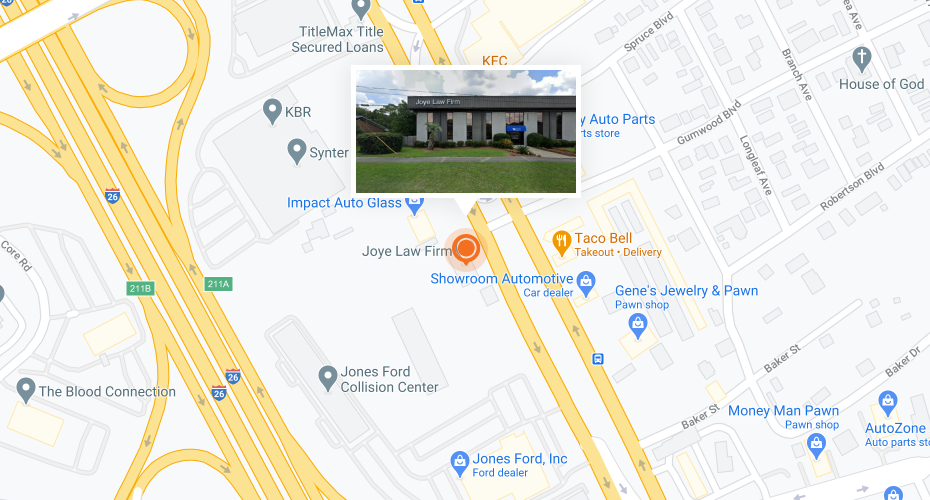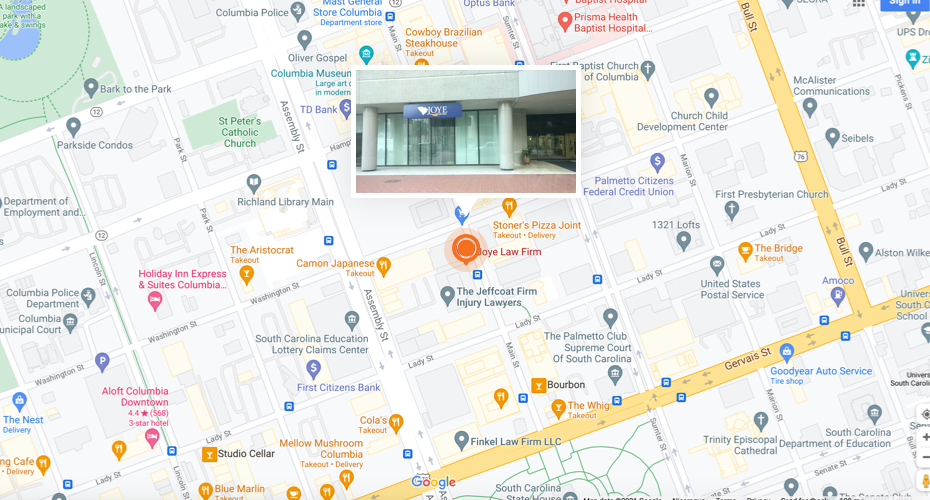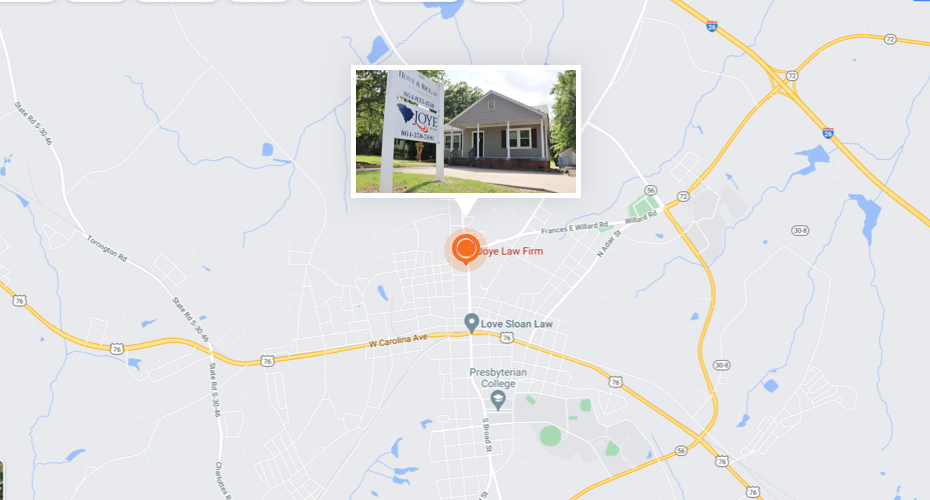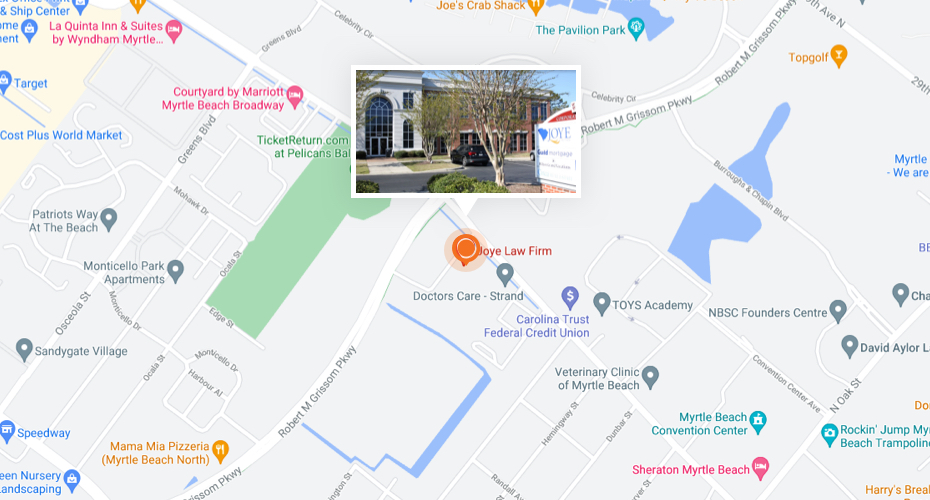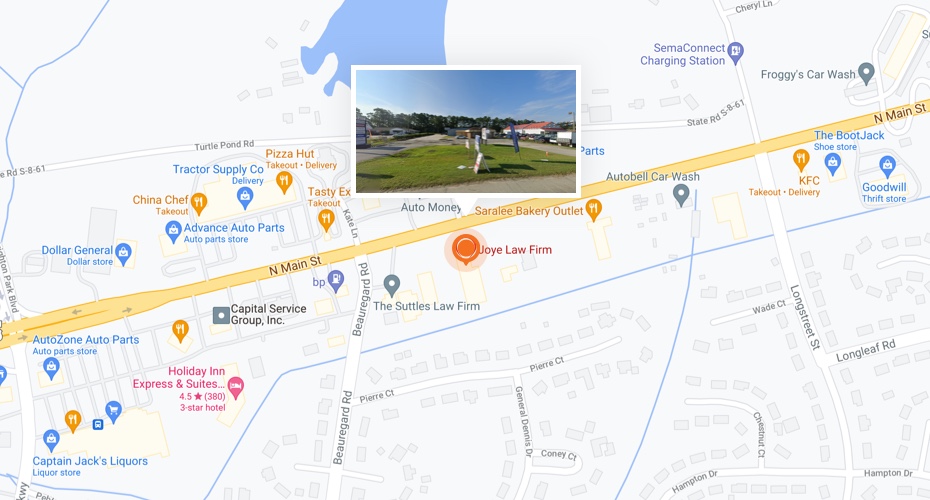
Workplace burn injuries range from minor medical problems to life-threatening injuries. Whether a workplace burn injury is from a thermal burn (direct contact with a heat source), electrical burn or chemical burn, the burn victim will need immediate first aid and/or emergency medical care.
The injury from a burn is tissue damage. The severity of the injury depends upon how deeply or widespread tissue is damaged.
Of about 450,000 burn injuries each year, a majority (69 percent) occur in the home, but the next most frequently occurring (9 percent, or 40,500) are workplace burn injuries, according to the American Burn Association.
The U.S. Occupational Safety and Health Administration (OSHA) regulates fire and burn safety in the workplace. In 2011, “fires and explosions” caused 143 workplace fatalities and 2,200 job site injuries, OSHA says.
When a worker suffers a workplace burn injury because he was not properly trained or safety rules were ignored, those who ignored safety regulations could be held accountable for the employee’s losses, pain and suffering.
If a co-worker suffers a burn injury at your workplace, summon medical help immediately.
Recognizing Workplace Burn Injuries
Most burn injuries are the type of burn known as a “thermal” burn. This is caused by contact with a direct heat source, such as an open flame, restaurant stove or grill, or a piece of industrial machinery.
Chemical burns are similar to thermal burns in that they primarily affect layers of the skin and underlying tissue.
Thermal and chemical burns are classified according to the depth and degree of tissue damage.
As the symptoms of burn injuries worsen, the danger to the victim and the need for emergency medical help grow.
- First-degree burns cause redness to the skin and mild swelling that is painful to the touch.
- Second-degree burns are marked by deep reddening of the skin, blisters, glossy appearance from leaking fluid and possibly some loss of skin. A second-degree burn damages the first two layers of skin, and the pain is severe.
- Third-degree burns are significant injuries that penetrate the entire thickness of the skin and permanently destroy tissue. They are often painless because of nerve damage, and the victim experiences pain from adjacent second- and first-degree burns. Third-degree burns may leave the skin dry and leathery, or charred, or with patches of white, browned or blackened skin.
- Fourth-degree burns affect structures well beyond the skin, such as muscle and bones. The skin may be blackened or charred. If nerve damage is substantial, the victim may feel no pain.
Symptoms of an Electrical Burn
Most electrical burns occur when an electrical current passes into a person’s body. The heat generated by the current flow through the body causes tissue damage. The American Burn Association says that arc or flash burns are caused by an electric arc or explosion, but they are not true electrical burns, because electrical current does not pass through the body. But like true electrical burns, arc and flash burns cause serious injuries that require prompt medical attention.
The tissue damage from an electrical burn can be severe but not be readily apparent, the Mayo Clinic says. The jolt from an electrical shock can cause a person to be thrown off of their feet, which may result in additional fall injuries.
Electrical shock can also disrupt heart rhythms, leading to heart attack (cardiac arrest).
Shock as a Symptom of Burn Injuries
Severe burn injuries can cause the victim to go into shock. When a person is in shock, his or her organs don’t get enough blood or oxygen, the Mayo Clinic explains. If untreated, this can lead to permanent organ damage or death.
Indications that a person is going into shock include:
- Cool and clammy skin, which may also be pale or gray
- Weak and rapid pulse. Breathing that is slow and shallow or deep and rapid (hyperventilation). These symptoms are caused by a drop in blood pressure.
- Nausea/vomiting
- Eyes that lack luster and seem to stare. Pupils may be dilated (enlarged).
- Loss of consciousness or extreme weakness.
Summon emergency medical help for a burn victim who exhibits symptoms of shock. Help them to lie down and keep them still. Cover them with a blanket or something similar to keep them warm, and elevate their feet about 12 inches. Loosen their clothing.
Even if a burn victim in shock complains of thirst, give nothing by mouth, the Mayo Clinic says. Turn a shock victim on their side to prevent choking if they begin to vomit or are bleeding from the mouth.
Contact Our South Carolina Workplace Burn Injury Lawyers
Workplace burn injuries can be severe and can occur under complex circumstances. To determine whether you have a viable legal claim for an occupational burn injury, it is best to discuss it with a workplace burn injury attorney at Joye Law Firm.
We can provide a free and confidential initial consultation about your case. Contact Joye Law Firm today at (888) 324-3100 or through our online case evaluation form.
Sources:
- American Burn Association
- CDC – Mass Casualties: Burns
- Mayo Clinic –Burns: First Aid
- Mayo Clinic – Electrical Burns: First Aid
- Mayo Clinic – Chemical Burns: First Aid
- Mayo Clinic – Shock: First Aid





















